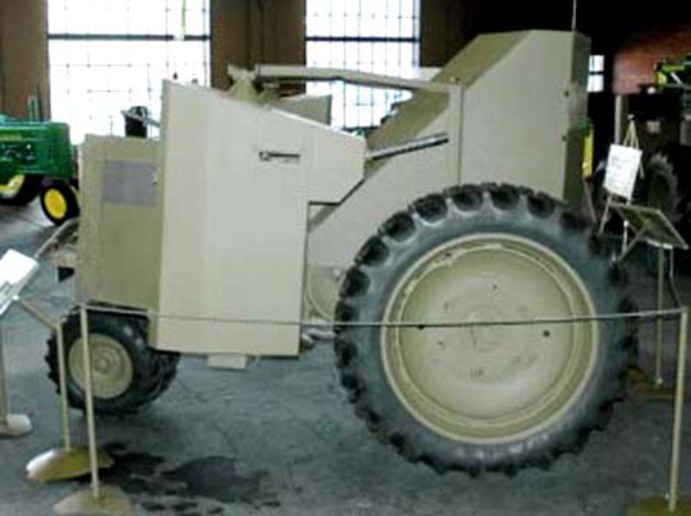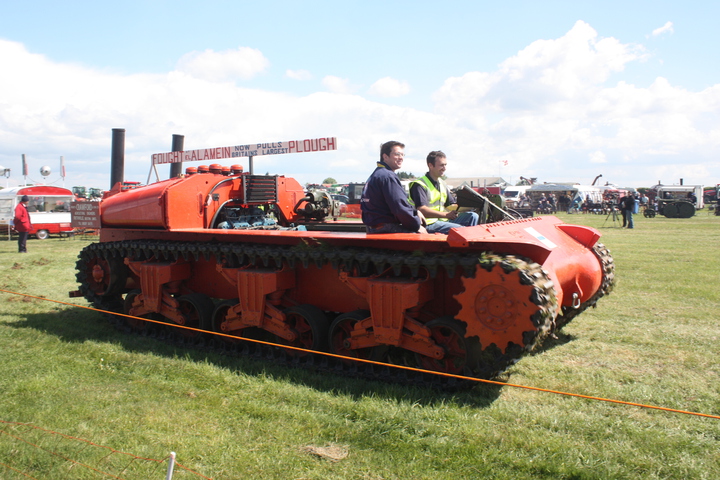jeff streeby
New User
This message is a reply to an archived post by Dave in GA on January 28, 2012 at 17:34:13.
The original subject was "Tanks As Tractors".
I saw a Sherman tank, its gun tube removed, used for fieldwork in the late 1950's and early 1960's near Hornick, Iowa. In the 1970's, I was pheasant hunting in the area and found the tank abandoned in a slough. My dad knew the owners and told me the brothers had acquired 2 surplus Shermans after the war and tried to use them as tractors. Apparently the wet gumbo of spring made them ineffective.
The original subject was "Tanks As Tractors".
I saw a Sherman tank, its gun tube removed, used for fieldwork in the late 1950's and early 1960's near Hornick, Iowa. In the 1970's, I was pheasant hunting in the area and found the tank abandoned in a slough. My dad knew the owners and told me the brothers had acquired 2 surplus Shermans after the war and tried to use them as tractors. Apparently the wet gumbo of spring made them ineffective.



